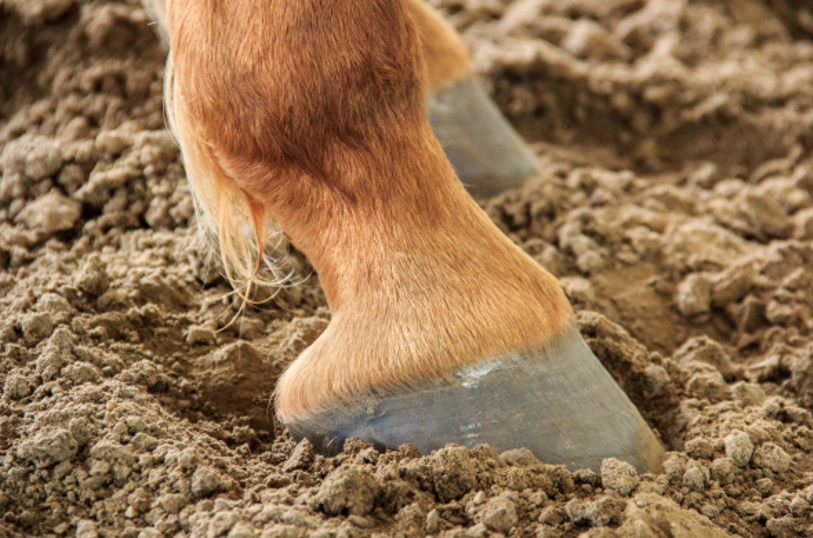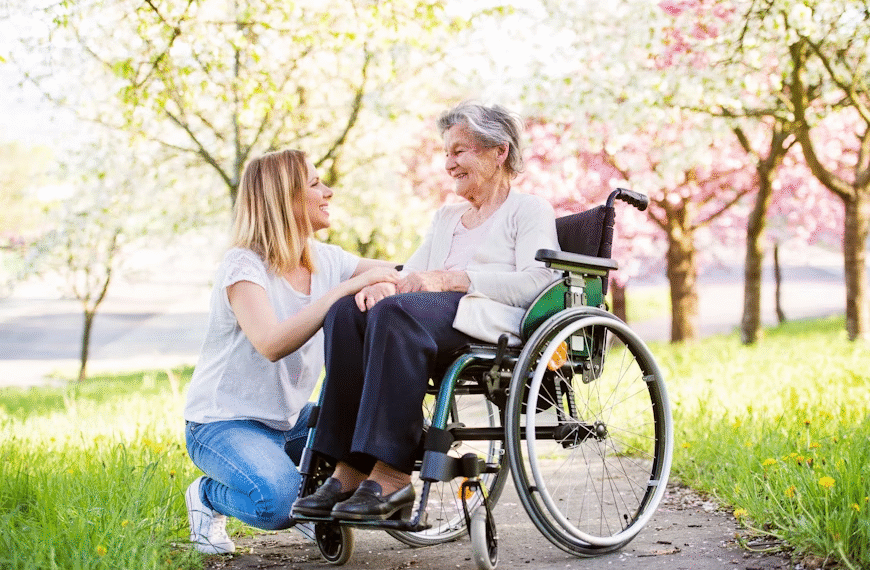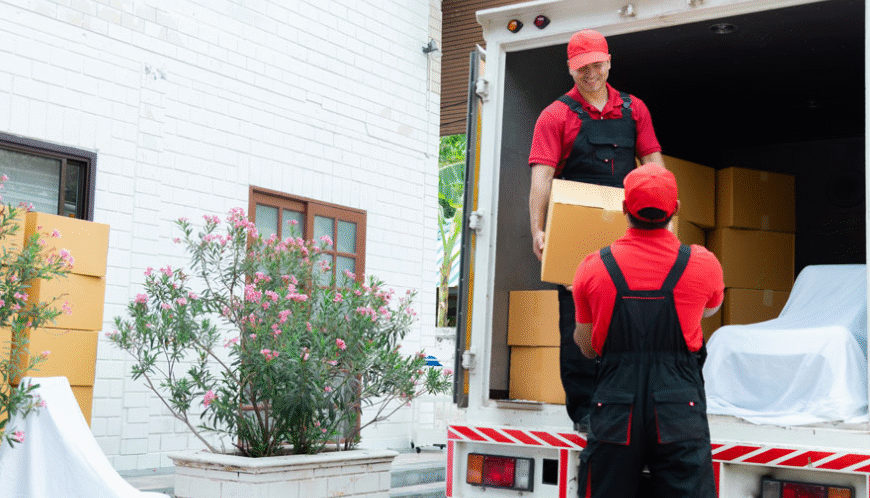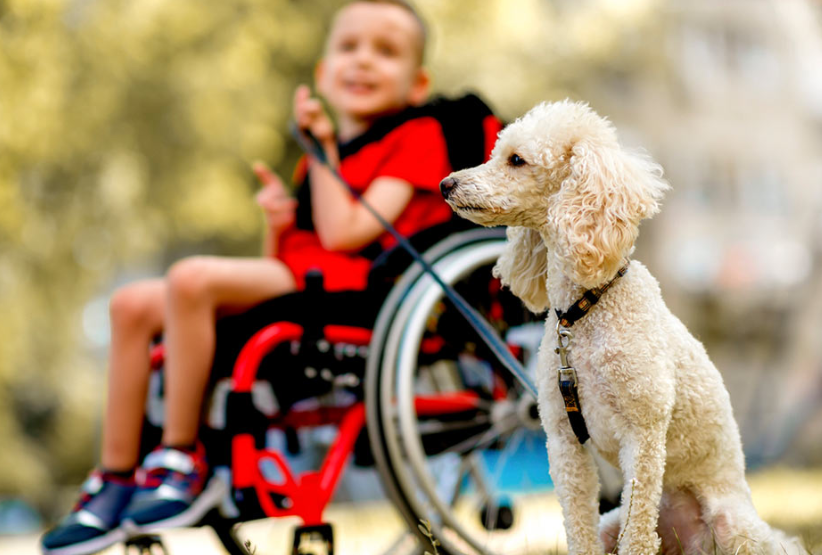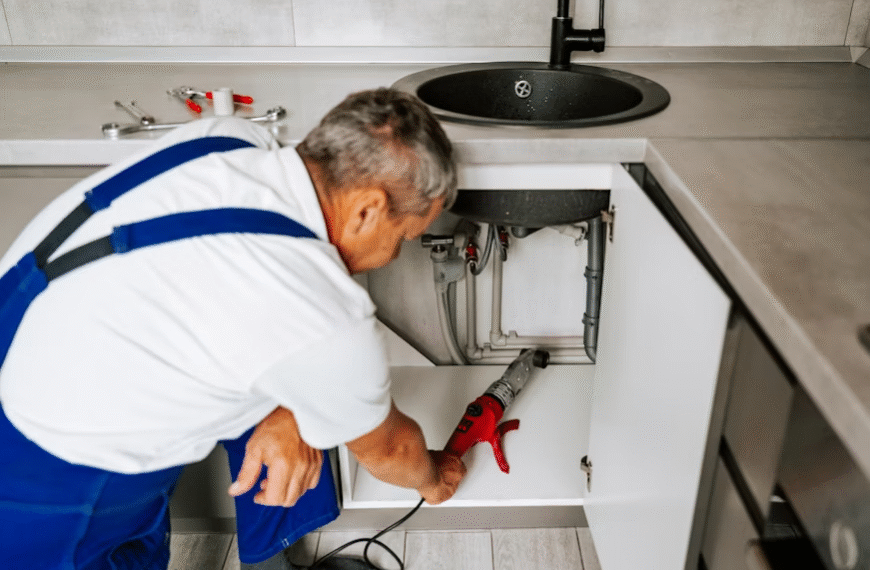A horse’s ability to move gracefully, maintain balance, and perform at its best depends greatly on the condition of its hooves and joints. Both are critical to condition and mobility but take the hit for so much stress from the sheer amount of day-to-day work, such as working, training, or riding on difficult ground. Taking care of joints and hooves will ensure comfort, strength, and sustained performance. Understanding how to maintain these vital areas is key for horse owners who wish to support their animals through every stage of life.
The Connection between Hoof and Joint Health
A horse’s joints and hooves are closely related to one another through the musculoskeletal system. Neglected or unevenly weighted hooves may alter a horse’s stride and stress tendons and joints. Ultimately, imbalance can result in stiffness or asymmetrical wear on joint surfaces.
Thus, lameness may cause a horse to change its posture or manner of going to allow and this alone can affect hoof wear and result in uneven stress patterns. Symmetry between the two areas ensures proper alignment and reduces the likelihood of prolonged strain. Regular visits from the farrier, correct trimming, and regular high-standard maintenance cycles are needed to ensure symmetry.
Nutrition’s Role in Maintaining Healthy Hooves and Joints
Diet is also essential to maintain healthy joints and hooves. Horses should consume a balanced diet rich in vitamins, minerals, and amino acids that promote the formation of healthy connective tissues and keratinized hoof walls. Trace minerals such as zinc, copper, and biotin have a particular function to keep hooves resistant and strong.
Secondarily, stimulating the body’s own production of collagen building blocks and cartilage building blocks enhances joint flexibility. A supplement of equine collagen can provide building blocks for the connective tissue that contributes to overall structural integrity. Nutritional supplementation maintains healthier hooves and joints to better resist physical stress, especially in work or performance horses.
Environmental and Management Factors
Their joint and hoof health also depends on the working and living environment of horses. Prolonged wetness or muddiness will soften hooves, and dryness for too long will make them brittle and crack. Hoof cleaning and supplying clean, dry bedding and stable cleanliness will prevent these problems from occurring.
Controlled exercise is also required. Sudden changes in work or coarse, uneven surfaces introduce stresses to joints and hooves. Controlled regimes of exercise, progressive conditioning, and periods of regular rest allow adaptation and repair to take place. Ensuring good footing in arenas and paddocks also reduces repetitive leg stress.
See also: From Palaces to Backwaters: How Family Tours in India Blend Fun, Learning, and Comfort
Detection of Hoof or Joint Stress
The ability to detect early distress enables the owners to respond in time before minor issues become complicated ones. Cracking, brittleness, uneven wear, or heat on the hoof wall is some of the most common signs of hoof stress. Slight gait changes, stiffness on returning to work, or refusal to turn hard might be early signs of distress with joint integrity.
Illnesses like laminitis in horses—an inflammation of the tissue between the hoof wall and the pedal bone—can have a marked effect on mobility. It is most typically associated with metabolic derangement, alimentary upset, or overloading upon a limb secondary to injury of a limb. Timely diagnosis and preventive treatment can have a dramatic effect on long-term health.
Preventive Care Strategies
Preventive joint and hoof care is a mixture of proper nutrition, proper management of exercise, regular checkups by a veterinarian, and regular visits from a farrier every six to eight weeks. Six to eight week visits from a farrier keep the hoof in balance and stop the wearing from becoming uneven. Regular checkups allow for early detection of abnormalities that are not visible on the surface.
Control of weight is also important. Extra weight compresses hooves and joints, accelerating wear and stressing connective tissue. Maintaining the right weight on your horse through careful feed and consistent exercise can ensure mobility over the long term.
The addition of care methods such as turnout time, exercise in control, and stretching will also increase joint suppleness and circulation in hooves. These are exercises that give a horse an idea of freedom and security of movement.
The Use of Supplements in Maintenance Care
Although nutrition is the foundation of health, supplements have the ability to complement a horse’s daily diet with concentrated nutrition that ensures connective tissue function. Some of the best ingredients include collagen, hyaluronic acid, and amino acids, which are used regularly in an equine collagen supplement to provide nutrition to tendons, ligaments, and joints.
Once daily or even more frequent supplementing, combined with appropriate feeding and regular trimming, could potentially impact total conformation. Supplementation, however, always must be as individual as the horse’s age, activity level, and dietary requirements, if possible under the guidance of a veterinarian or equine nutritionist.
Development of a Regimen for Long-Term Care
The ideal regimen of care for joints and hooves is long-term. Horses wear out through time, but through a sustained program of care, the health of their long movement can be maintained. Twice-weekly hoof checkup routine, grooming, nutritionally consistent rations, and regular farrier and veterinary maintenance provide the strong foundation for long-term health.
Close monitoring is vital—small alterations in attitude or gait deviation are typically harbingers of issues in the making. Monitoring these trends and speaking with your veterinarian or farrier will yield a symphonious prevention regimen.
Final thoughts
Strong hooves and joints are the key to high-level performance, comfort, and longevity in any horse. A solid plan of diet, sound operation, and regular maintenance will keep these essential structures in top form during a horse’s lifetime. Include top-level nutrition and supplement care, such as OptiWize Collagen Plus, in a horse’s routine and support overall health when taken in conjunction with sound daily care. By understanding the importance of both hoof and joint health, owners can provide the foundation their horses need to stay active and strong for years to come.
